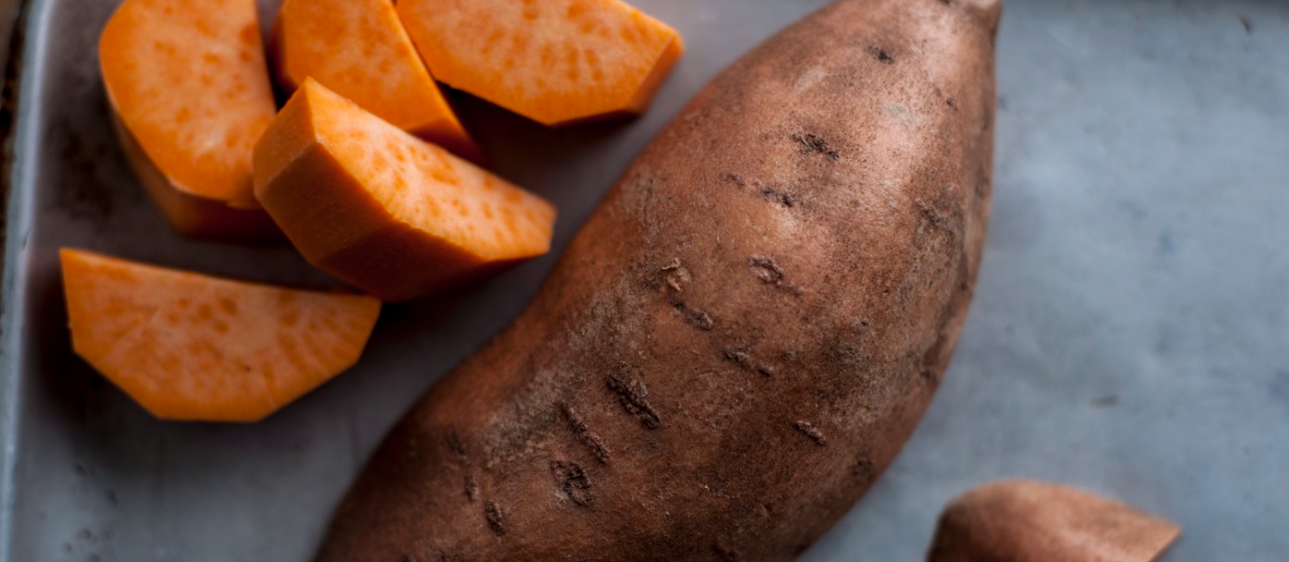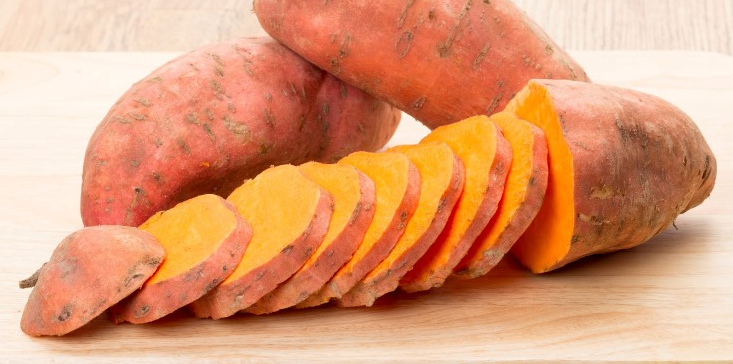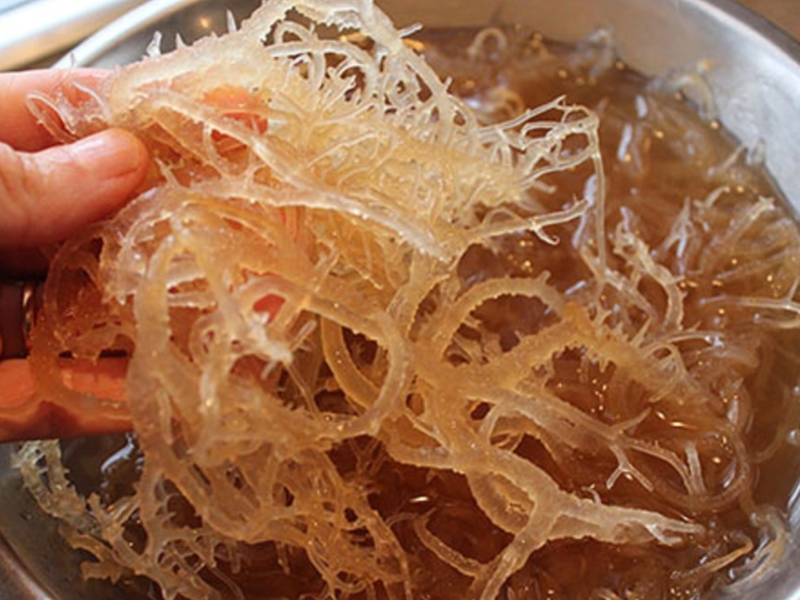Sweet potato, often known as potato, is a pomegranate-related dicotyledonous plant. Its starchy sweet tubers are a common root vegetable in many cultures’ diets. Cabbage is occasionally made from young leaves and saplings. Sweet potatoes are not related to potatoes, despite their name.
The plant is a herbaceous perennial creeper with alternating heart-shaped or concave serrated leaves and medium-sized cohesive flowers. The root (tuber) is elongated and pointed and has a smooth skin whose color can be yellow, orange, red, brown, purple or drape. The interior can be a shade of drape to white, red, pink, yellow, orange or purple. Varieties with white and light yellow interior are more neutral in taste, while red, purple and orange are sweeter.
Find out more about: Destroys Parasites, Protects The Heart And Strengthens Bones: We Should All Have This Vegetable In Our Kitchen
Sweet potatoes include complex carbohydrates, dietary fiber, and beta-carotene (vitamin A, vitamin C, and vitamin B6) in addition to starch. Carotene levels are highest in pink, yellow, and green kinds.
Sweet potatoes are proven to be the best source of dietary fiber, complex carbs, proteins, vitamins A and C, iron, and calcium when compared to other vegetables. Sweet potatoes, despite the name “sweet,” have been demonstrated to be beneficial to diabetics by stabilizing blood sugar and reducing insulin resistance.




